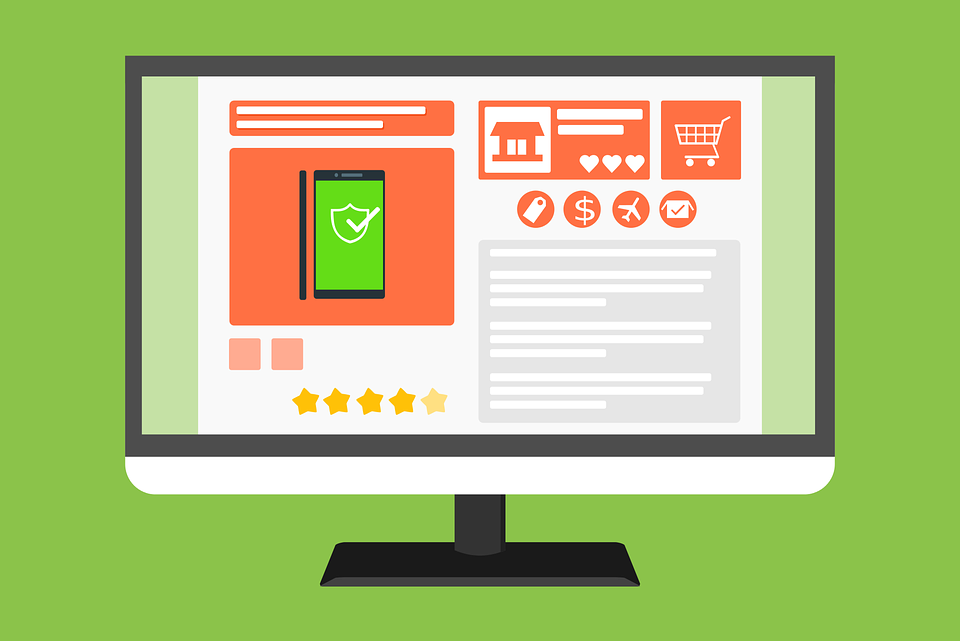5 Psychology Tactics to Design Ecommerce Pages that Convert
Higher conversion rates leads to higher revenue. That’s just a fact of marketing.
Luckily, there are psychology tactics that are designed to help you increase conversion rates, so you can make more sales and generate more revenue.
There is a scientific way that people buy, and it’s different for every industry.
Through variations in content and split testing, you can research and see how customers react to different styles of writing, graphics, buttons, styles, layouts, fonts, images, and more to determine a page that will generate the highest conversion rates.
Here are 5 psychological tactics that are designed to help your pages convert at higher rates.
- Create a Sense of Urgency
It’s human nature to want what we can’t have, so limited availability of a product increases its perceived value.
Creating a furore over a rapidly dwindling product also tells us that others have purchased the item – and if we want to be one of them too, we have to hurry.
Many WordPress e-commerce stores have learned that showing the quantity of product left in inventory will encourage visitors to buy, especially when only a few units are left.
Countdown timers can also be effective to show a finite period of availability.
Here is an example from my email:
- Help the user understand the personal value of the product or service.
People really only care about themselves. For your website to be successful, you need to cater to people’s self-absorption.
Why are they on your website? Unless it’s your mom, then they really don’t care about how you feel, about how your day is going, or about how much you want your conversion rates to go up.
They’re thinking about their needs, their wants, their desires and their satisfaction. That’s it.
You need to help them understand why your product or service is so valuable to them and how it will make their life better.
Practically the best way to convey value is by a combination of image and headline. The headline communicates the value message, and the image backs it up.
- Pound in the benefits.
No matter what type of business you have, in your marketing materials you must sell benefits, not features.
People only care about one thing, “what’s in it for me?”
A feature is a characteristic of your product or service. A benefit is what that feature does for a customer.
Get the idea? Selling benefits will powerfully compel a buyer to purchase your product or service, whereas features will just bore your users.
It is essential that the prospect gets hooked on a possible benefit immediately from the start.
Getting the prospect curious about a benefit prior to discussing your product is crucial to sales success.
- Use a Customer’s Fear of Missing Out
People hate to think they missed out on something valuable by doing nothing. Wasted opportunity can haunt us, even for relatively minor life choices, such as buying a pair of shoes.
Showing your customers what they’d be missing out on is a good trigger for purchasing.
By displaying the original price of a product along with a discounted price and the savings made, you show your visitors the cost of procrastinating.
Amazon does this really well.
- Offer Reassurance to Your Customers
Independent opinions are important to customers when making a purchase. In fact, they are often (unsurprisingly) judged as more unbiased and trustworthy, with most customers preferring to buy from a site that has user reviews.
Using customer reviews in your WordPress Ecommerce store can help reassure others about their potential purchase. They will see that not only have other people purchased your products, they’ve received, used, and liked them.
Conclusion
There are many ways to help your Ecommerce pages convert, but it’s about finding the right way to speak to your customer.
Without your customer, your company, product, solution, or services is useless, so speak to them.
Using these 5 tactics will help you design the perfect Ecommerce page when you use your customer data along with it.
How are you making you Ecommerce pages successful? Let us know in the comments below.







